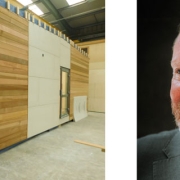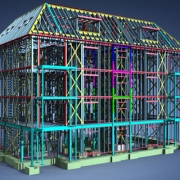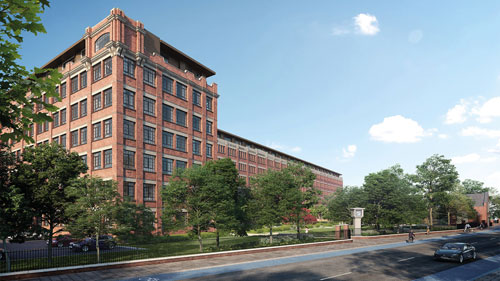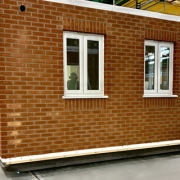In 2019, the UK Government committed to the Net Zero target as recommended by the Climate Change Committee – and the construction industry will have to play a big part if that is to be achieved.
UK construction produces 400 million tonnes of waste a year, accounts for 36% of energy use and 39% of CO2 emissions, and 30% of construction material is waste.
The drive in the construction sector is towards sustainably sourced or recycled building product to help reach net-zero greenhouse gas (GHG) emissions.
Barton Windows, which provides an extensive range of aluminium systems and specialises in aluminium windows, doors and curtain walling, is looking at a sustainable future and the fabricator’s Director, Ian Smith, said:
“More expectation is now being placed on businesses in all sectors, but particularly the fenestration and construction industries and we want to make sure Barton is doing everything it can when it comes to sustainability and reduce our carbon footprint.”
The importance of aluminium
One of the big advantages for Barton is the sustainability credentials of aluminium. Arguably the most sustainable building material in the world, it can be recycled back into high quality aluminium and the recycling process saves 95% of the energy required to produce aluminium from raw materials.
As a material it is also durable, highly resistant to rusting and corrosion, and requires very little long-term maintenance. It is also light weight, making it easy to handle which reduces the environmental impact and cost of transportation.
“The life span of aluminium products can be measured in decades rather than years and this, coupled with its recycling process, makes it hugely sustainable. After all, aluminium is known as the green metal for a reason,” said Ian.
“With the shift towards greener products only set to continue, aluminium will play an increasingly significant role as a building material in construction and the fenestration as we head towards a greener future. If we are to have any chance of hitting important targets in 2025 and 2050 then aluminium provides the best chance of doing it.”
Investing in modular
With Barton Windows being part of Modular Group Investments Limited (MGI), modular construction also plays a big part in the 35-year-old company’s focus. MGI is a rapidly growing group focused on acquiring businesses around the off-site sector with the goal of making a positive contribution to UK offsite and modular manufacturing.
Ian said:
“With the UK so far behind in terms of the number of new houses that need to be built, modular is the answer to not just build quicker but greener too.
It generates up to 90% less waste than traditional construction, it means 90% less vehicle movements to sites, thus reducing the carbon footprint and 94% of materials in modular construction are sourced in more eco-friendly ways.”
Taking care
Not content with contributing to construction’s drive for a sustainable future with its aluminium products and its supply to the modular sector, the North Lincolnshire fabricator is doing its best to reduce its own carbon footprint.
Meeting its Environmental, Social, and Corporate Governance (ESG) values is playing an increasing role in Barton’s business agenda. A formalisation of a business’s collective conscientiousness, among other things it looks at how a business performs on environmental challenges, including waste and recycling.
Moving to lower emissions on its fleet, it recently taken delivery of its new hybrid Toyota Corolla Commercial van, which replaces a diesel van, and achieves 60 mpg so is good for the environment.
Ian added:
“We have always taken our environment obligations seriously and that includes manufacturing responsibility and more sustainable working practices so we can meet the sustainability requirements and expectations of our customers.”
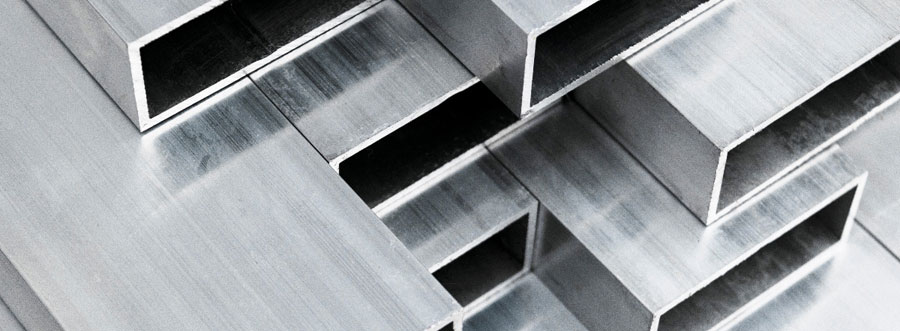
For more information on Barton Windows CLICK HERE TO visit the website
or call 01652 633897



